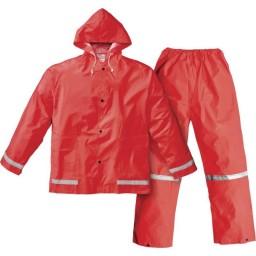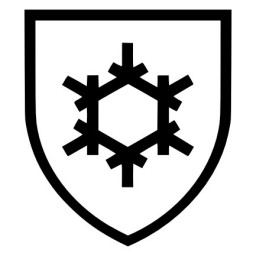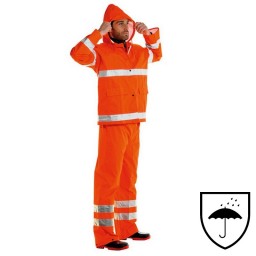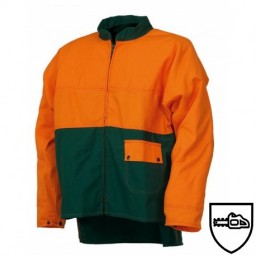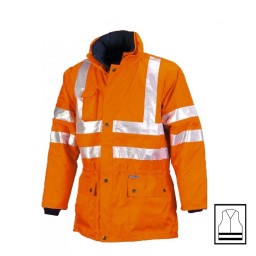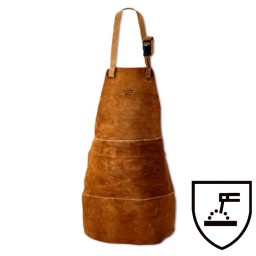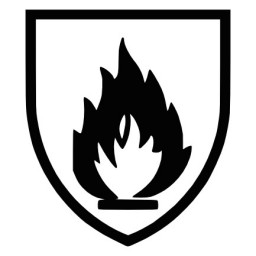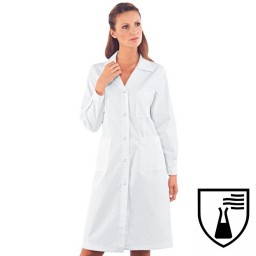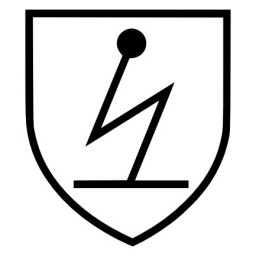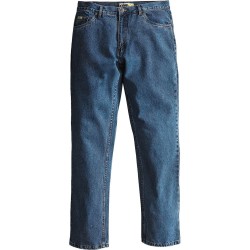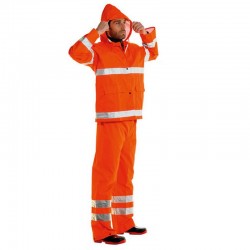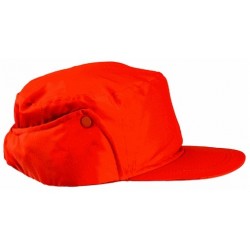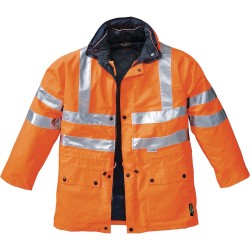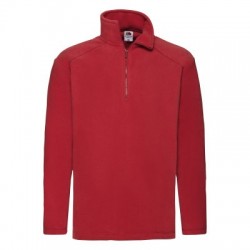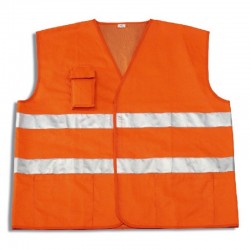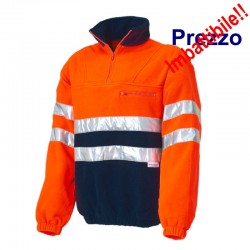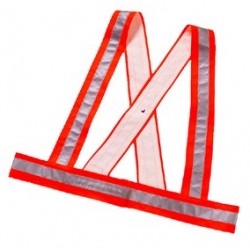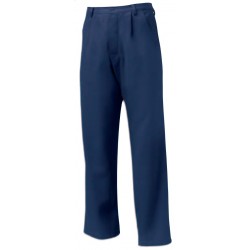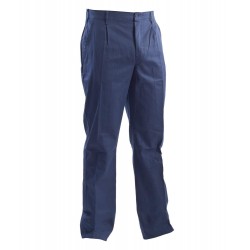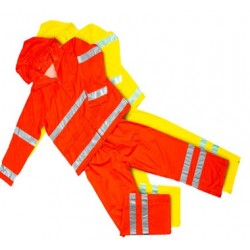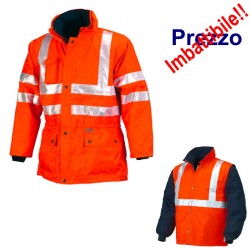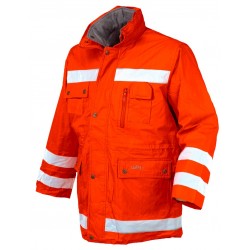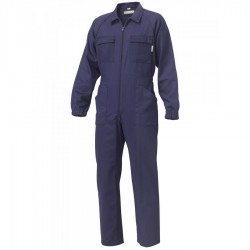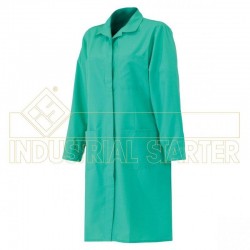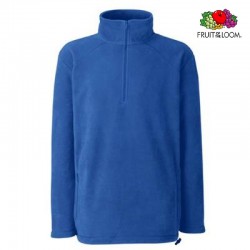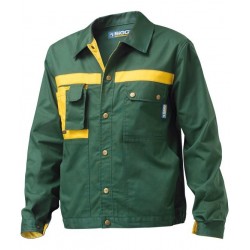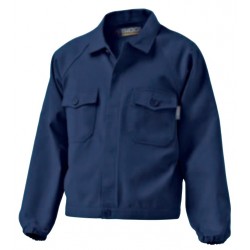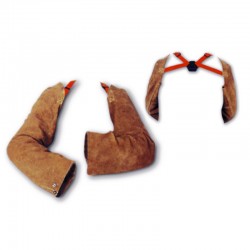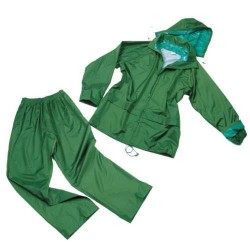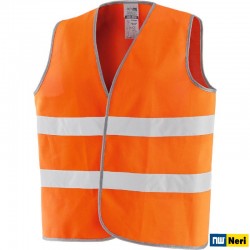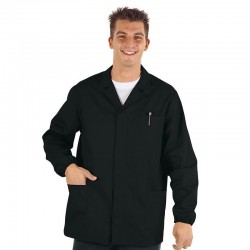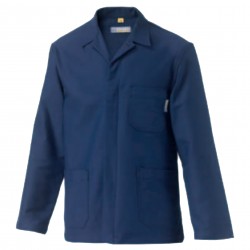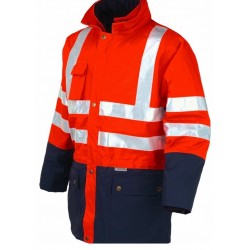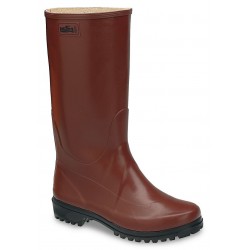No products
In this category you will find all the tested and certified work clothes to protect the body from risks of various kinds, atmospheric, chemical, mechanical aggressions, heat, high visibility for those jobs carried out near roads or in the presence of vehicles in movement.
There are 66 products.
Subcategories
-
EN 340 Minimum Risks
It is the standard that specifies the general performance requirements for ergonomics, harmlessness, size designation, ageing, compatibility and marking of garments and the information that must be provided by the manufacturer with the protective garment.
-
EN 342 Cold resistant
It is the standard that specifies the requirements and test methods for the overall performance of clothing sets and individual items of clothing for protection against the cold at temperatures below -5°C (e.g. extreme cold or cold rooms )
-
EN 343 Rainproof
It is the standard that specifies the requirements and test methods applicable to the materials and seams of protective clothing against the effects of precipitation (e.g. rain, snow), fog and soil humidity.< /p>
-
EN 381 Cut resistant
The legislation regulates protective garments for operators with chainsaws and differentiates according to the garment between: EN 381-5 Specifications for leg protection; EN 381-7 Specifications for protective gloves; EN 381-9 Specifications for protective gaiters; EN 381-11 Specifications for protective jackets.
-
EN 471 High Visibility
It is the standard that specifies the requirements for garments capable of visually signaling the user's presence, intended to provide high visibility for the user in dangerous situations in any daylight condition and in the light of vehicle headlights in the dark. All those who work near the boundaries of a construction site or who are in any case exposed to vehicular traffic in carrying out their usual work activity, even for a short time, must use CLASS 2 and CLASS 3 clothing.
-
EN 11611 Heat resistant...
Protective clothing for welding and related processes. Protective clothing intended to protect the user against small splashes of molten metal, brief contact with flame and radiant heat.
-
EN 11612 Heat Resistant
It is the standard that specifies the properties and requirements of protective clothing for industrial workers exposed to heat (excluding clothing for firefighters and welders). Protective clothing against heat and/or flame in one or more of the following forms: fire, convective heat, radiant heat, molten metal splashes.
-
EN 13034 Chemical risks
Specifies the properties and minimum requirements for chemical protective suits for limited use and for those that can be reused.
-
EN 1149 Antistatics
Specifies the properties and requirements of electrostatic protective clothing and test methods for protective clothing that dissipates electrostatic charges.
-
-
-
-
-
-
-
-
-
-
-
-
-
-
-
-
-
-
-
-
-
-
-
-
Big Jacket high visibilitybicolor triple use
Polyester/Nylon
59,50 € 85,00 € -30%DELIVERY in 4-5 days -


